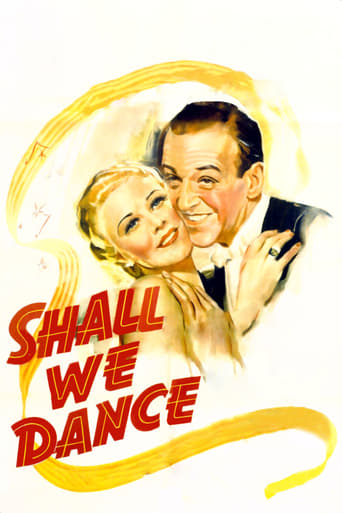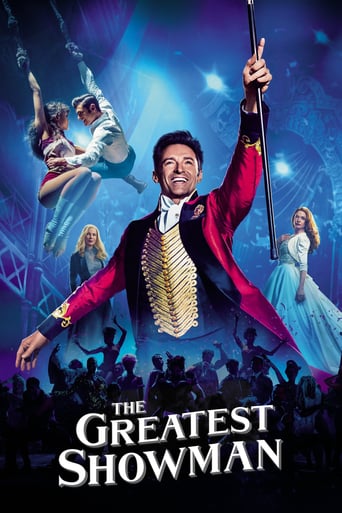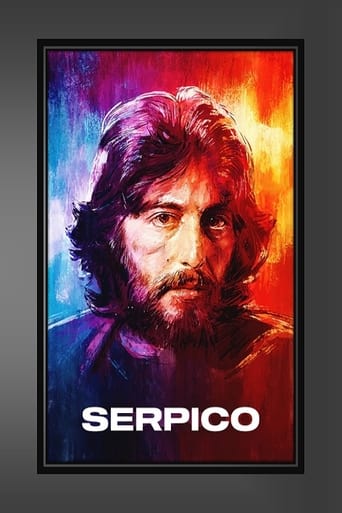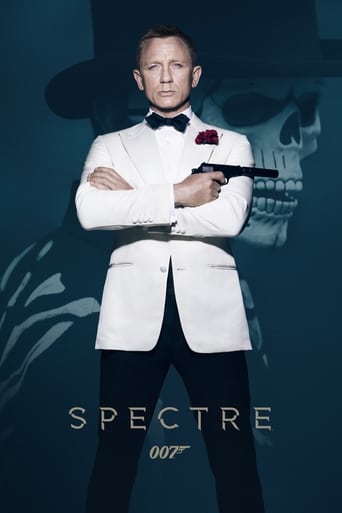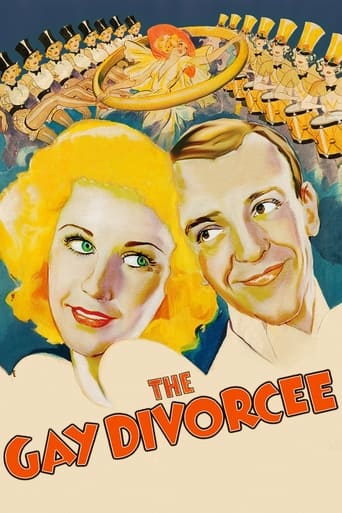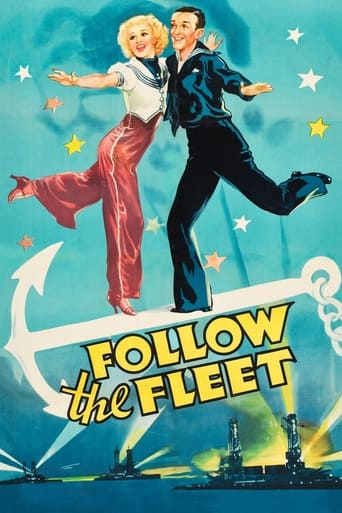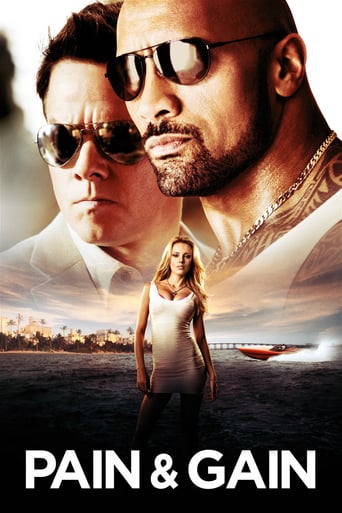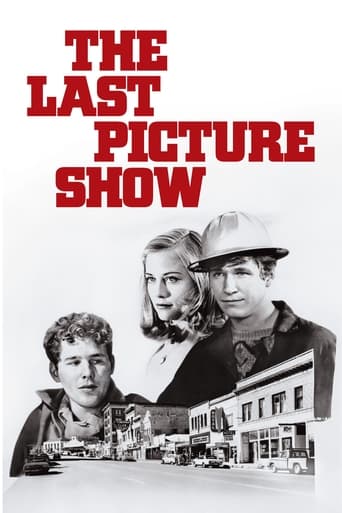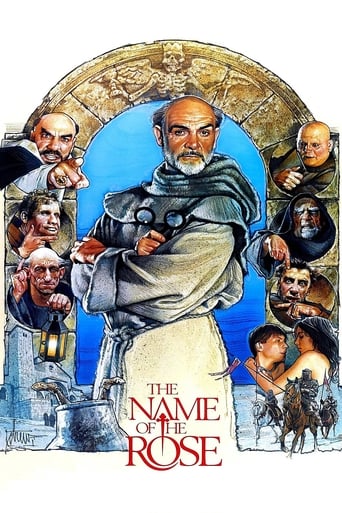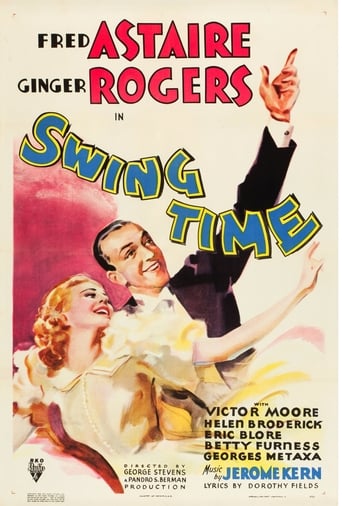


Swing Time
Lucky is tricked into missing his own wedding again and has to make $25,000 so her father allows him to marry Margaret. He and business partner Pop go to New York where they run into dancing instructor Penny. She and Lucky form a successful dance partnership, but romance is blighted by his old attachment to Margaret and hers for Ricky Romero.
-
- Cast:
- Fred Astaire , Ginger Rogers , Victor Moore , Helen Broderick , Eric Blore , Betty Furness , Georges Metaxa


Similar titles
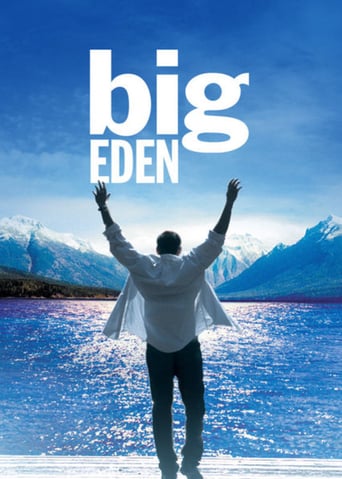
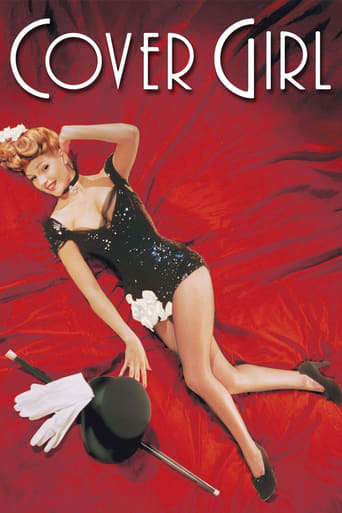
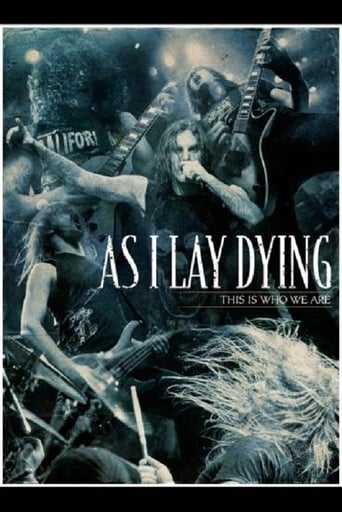
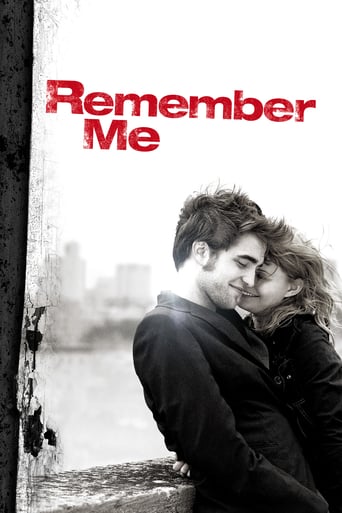
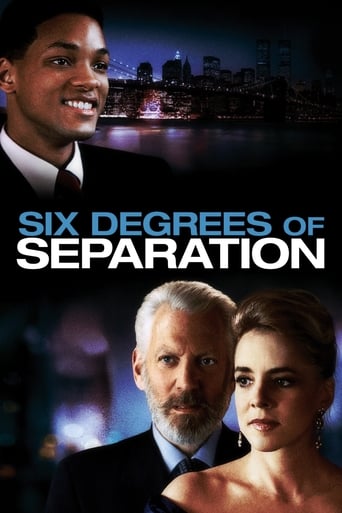

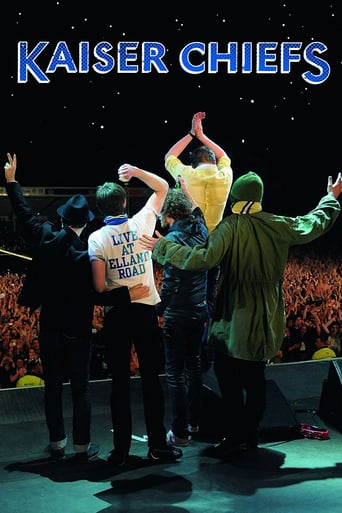
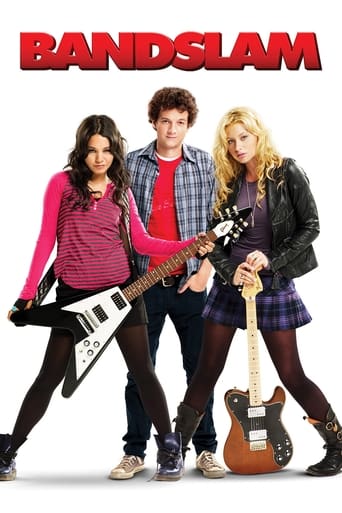
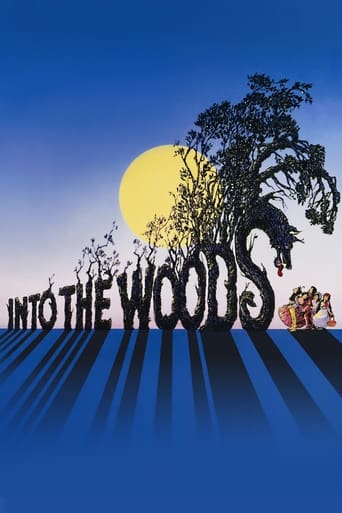
Reviews
I think this is a new genre that they're all sort of working their way through it and haven't got all the kinks worked out yet but it's a genre that works for me.
Admirable film.
There is, somehow, an interesting story here, as well as some good acting. There are also some good scenes
This movie feels like it was made purely to piss off people who want good shows
That's funny, I was very much aware of Fred Astaire and Ginger Rogers' legendary status in Hollywood's canon ever since I was a kid, probably at a time when I hadn't reached 5% of my current cinematic knowledge. But it took till my mid-thirties to watch one of these many cinematic partnerships. I guess it's never too late to discover a gem of Hollywood Golden Age. But to be quite honest, I didn't pick "Swing Time" because it's the most celebrated Astaire-Rogers film (or is it "Top Hat"?), I picked it because of its inclusion in the American Film Institute's Top 100 Movies (the latest edition). I had never heard about it so when I saw the title on the list, I was like "OK, but why not "Top Hat"?". Not that I've seen it either, but the film was listed in AFI's Musicals List and "Cheek to Cheek" among the Top 100 most iconic songs, not to mention that the dance sequence was a staple of Hollywood, used in many contemporary movies to define the Golden Age.But no, they picked "Swing Time" and I guess they had their reasons, and from what I read in the reviews, including Roger Ebert's (I always do that when it comes to movies I know a little about, so you can imagine for those I have zero awareness), George Stevens' 1936 romantic comedy is the best Astaire-Rogers movie, which means that it contains their best dance routines. I second that. The dance sequences not only please and impress the eyes but I loved the way they were fitting in the story. In lesser musicals, they generally work as fillers, interludes, but here, they deliver more than scenes.And now it's time I deliver a little about the film. There's John aka "Lucky" a gambler who misses his wedding ceremony when he's conned by his friends into betting that he wouldn't miss it. The film starts with the usual set-up of a marriage we suspect will never happen. Lucky is summoned by his father-in-law-to be but slip through the net by telling he'll win enough money from to prove his good intentions. The way things revolve around winning money seems very contrived and repetitive but necessary to kick Lucky and his friend Pop (scene stealing Victor Moore) out of the town.Lucky comes to New York, he's broke (he lost his money on the marriage bet) and tries to con Penny, a modest dance teacher (Ginger Rogers) he crosses on street, one thing leading to another, he tells her he needs dance lessons, and I suspect it was more difficult for Astaire to feign lousy steps than any routine he had to play. But Rogers has quite a modern approach to her role, she's both invested and detached, a bit like Meg Ryan at her prime without distracting good looks, she's a real match for Astaire as you never doubt they're not having fun together. The first dance starts when Lucky wants to prove Penny's boss how good a teacher she is, and then the magic starts.There's an energy, a lightness, a glee of being and a cheerful complicity that never leaves any dance floor where these four feet operate together, and it's always catching with you. Although the film follows the formula of the screwball comedy to the letter, Astaire and Rogers seem to take it differently from the usual players (Grant, Gable, Russell...) where it's all about rapid-fire dialogues and outsmarting contests, the film is funny and you also enjoy the company of both Moore and Helen Broderick as Penny's friend, but you can tell the two actors are only talking circles when the real deal is the dance.The film is rich in romantic ballads "The Way You Look Tonight" which became Astaire's signature song and the "Never Gonna Dance" near the end that inspired the climactic dance sequence. So dancing is the real star, along with Astaire and Rogers, forming a sort of holy trinity whose aura inhabit the film without ever overriding it. All these dances never last more than five minutes, even Astaire's 'blackface' tap dance in the middle is long enough to let you enjoy the humorous details with the three silhouettes dancing behind Astaire, but short enough to never let the excitement fade. So whether for jazz, tap dance or waltz, every emotion is beautifully conveyed by these magical steps. I'm no analyst or expert to judge them on a technical level but I found them so lively, so dynamic, so emotionally rich that it was just as if they were telling a story within the story and more than that, they were more than interludes. Actually, they were so good that they inevitably highlighted the little flaws, essentially, the script which was too predictable or formulaic. Like a critic of the time said "if only the story was as good as the dancing".Indeed, the dancing was so magical and integral to the film's appeal that it's quite ironic one of its most defining song is "Never Gonna Dance". I'm glad they didn't pick this as the title, although "Swing Time" doesn't do justice to the music either, the film does far more than swinging. Maybe they should have taken the French title, pretty poetic and beautiful, it simply says "Over the Wings of Dancing" and that's true with Astaire and Rogers, you could think they would literally fly over the dancefloor.
No need to recap the plot or echo the excellence of the dance numbers. Several side aspects also impressed me about the movie. Catch the great art and set decoration that complement the dance step artistry. True, later "pig pen" musicals like Seven Brides for Seven Brothers" (1954) showed that choreography can be great whatever the background. But here the majestically spacious sets showcase the stylish numbers and costuming. And how the heck did they do the three big shadows that Lucky (Astaire) supposedly casts in his blackface number. I'm thinking they must have been special effects since the steps are so perfectly synchronized. Anyway, it's like nothing else I've seen. Then too, Astaire really is a fine actor as well as dancer. He's lively without stretching it. Too often his talent in that regard is overlooked. Frankly, I could have used more "tripping the light fantastic" and less storyline, but the result remains a classic for eyes and ears, even 8-decades later.
The music in "Swing Time" is excellent: A collection of really beautiful songs. Add to that some of the best partner dancing (and choreography) of all time and the result is a an excellent film where the dance numbers actually drive the film.When you watch "Swing Time", you realize that the storyline is entertaining, but rather simple. But the dance numbers are dramatic, emotional, uplifting, and inspired. In fact, they communicate the story and the emotions of the two primary characters more than their words.The climactic dance number ("Never Gonna Dance") says it all. The choreography conveys the love, the heartbreak, and the disappointment of Lucky (Fred Astaire) and Penny (Ginger Rogers) despite the fact that they cannot voice their feelings. This is a remarkable accomplishment. No wonder so many consider this to be the best film pairing of this amazing dance team.Ginger herself named "Swing TIme" as her favorite of all her films. This was due to a number of factors. Firstly, she felt that director George Stevens "had an incredible sensitivity to an actress playing a scene." Secondly, she thought the score by Jerome Kern and Dorothy Fields was "scrumptious". Thirdly, through her costumer, Bernard Newman, she was able to realize her "dream" dress for the "Waltz in Swing Time" number, and said "I can never emphasize enough how important clothing was to me." "Never Gonna Dance" was the last dance number in the film. Ginger reports that it took 48 takes and they finished at 4:00 A.M. Complications--besides the demanding choreography--included an arc light going out, a noise in the camera, and Fred's toupe falling off. During one break, Ginger took her shoes off and found that her shoes "were filled with blood".
SWING TIME contains the usual mix of ingredients characteristic of an Astaire-Rogers vehicle: a creaky script, slick one-liners, a slew of character-roles and above all the song and dance sequences. What makes George Stevens' film so memorable is the quality of the score with at least three Kern standards: "Pick Yourself Up," "The Way You Look Tonight," and "A Fine Romance."Astaire never had a great singing voice; he delivers Kern's gorgeous lyrics in an agreeable contralto, even though sometimes he tends to slide into the top notes. Likewise Rogers' vocal capacities are just above competent. However the two of them are quite magical in their dance-routines: mostly shot in a single take, they show the pair of them in perfect unison gliding across the dance-floor, while keeping the viewers' attention totally focused on their steps. No couple could ever perform with such style and grace as these two; even after nearly seven decades, their routines are unbelievable.Astaire has a solo routine where he performs in black-face as a tribute to Bill 'Bojangles' Robinson. To contemporary viewers, this sequence might seem offensive, but we have to view it in context. 1936 was the year when James Whale's SHOW BOAT was also filmed (with another score by Kern and Oscar Hammerstein III), with Paul Robeson's memorable vocal rendition of "Ol' Man River," a melancholy depiction of the African American's life in the pre-Civil Rights era. Black face routines were considered a legitimate component of vaudeville and/or musical shows.The supporting performances are memorable - as they always were in the Astaire/Rogers films. Helen Broderick and Victor Moore enjoy their opportunities to exchange banter, and are especially funny in one sequence where they start to laugh uncontrollably at Astaire's marital troubles. Eric Blore has a cameo role as a dance academy owner; he doesn't have much to do, but he at least has the chance to go through his range of exasperated facial expressions as he tries to maintain his authority over Rogers and Broderick. Georges Metaxa has a thankless role as the Latin lover Rocky Romero, who has to endure the indignity of his pants almost falling down at the end as he tries to conduct the orchestra.As with all the best Astaire/Rogers vehicles, SWING TIME is tautly constructed, with the plot zipping along at a cracking pace, while allowing plenty of time for dance routines. Forget the script, with its meaningful verbal introductions to the songs; just enjoy the dance.


